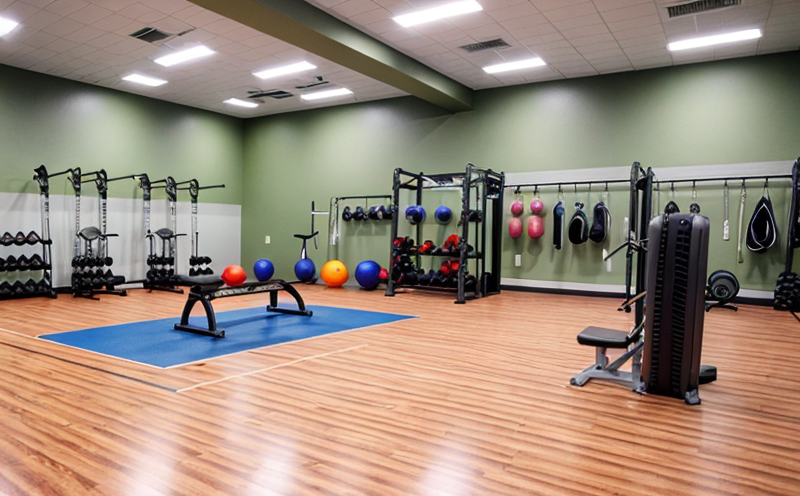Carabiner Strength Testing in Climbing Gear
The carabiner is a crucial component of any climber's gear. It serves as a connector between the harness, rope, and other equipment. Ensuring that these components are safe and reliable is paramount for climbers' safety.
Carabiners used in climbing can be subjected to extreme forces during use. Therefore, it is essential to conduct comprehensive strength testing to ensure they meet industry standards and are capable of withstanding the stresses encountered under real-world conditions. This type of testing is particularly important given the dynamic nature of rock-climbing activities.
Standards such as ISO 7126, which specifies test methods for safety carabiners, outline procedures that laboratories follow to ensure accuracy and consistency. These tests help manufacturers identify potential weaknesses in their designs and provide assurance that the products meet or exceed regulatory requirements.
The testing process involves subjecting a sample of carabiners to various loads using specialized machinery designed specifically for this purpose. The load is gradually increased until failure occurs, allowing engineers to determine the maximum load capacity before breakage happens. This information can then be used by manufacturers during product design phases or quality assurance checks.
Understanding how materials behave under stress conditions also plays a vital role in determining whether they are suitable for use in carabiners. By analyzing material properties like yield strength and ultimate tensile strength, testers can predict how well different alloys might perform over time. This knowledge informs decisions about selecting appropriate raw materials based on expected service life.
Manufacturers often rely on third-party laboratories to conduct these tests because they possess the necessary expertise, state-of-the-art equipment, and experience required for accurate results. When choosing a lab for this type of testing, it’s important to look for credentials such as ISO/IEC 17025 accreditation which guarantees adherence to internationally recognized standards.
During sample preparation, technicians ensure that each carabiner adheres strictly to the dimensions specified by the relevant standard. This consistency helps eliminate variables from the testing process so that only differences in material or design affect outcomes. Once prepared, multiple samples are tested individually to account for any variations within a batch.
Instrumentation plays a critical role in obtaining precise measurements during strength tests. High-quality load cells and strain gauges provide accurate readings of applied forces throughout the test sequence. Software integrated into this equipment allows real-time monitoring of data collection, ensuring reliable results every time.
The final step involves analyzing all collected data points to calculate key performance indicators (KPIs). From these calculations, manufacturers gain valuable insights into areas needing improvement or optimization for future iterations of their products.
- Material selection
- Load application methods
- Data analysis techniques
Why It Matters
The importance of carabiner strength testing cannot be overstated when considering the potential risks associated with climbing activities. A single slip could result in severe injury or even fatality if the gear fails during use.
In addition to protecting climbers, ensuring product integrity supports brand reputation and fosters trust among customers who rely on reputable manufacturers for their safety equipment needs. Meeting or exceeding industry standards demonstrates a commitment to quality control that resonates positively with both consumers and regulatory bodies alike.
From an economic perspective, preventing costly recalls due to failed products is another compelling reason why thorough testing should be prioritized. By investing early in development cycles through rigorous testing protocols, companies avoid后期





